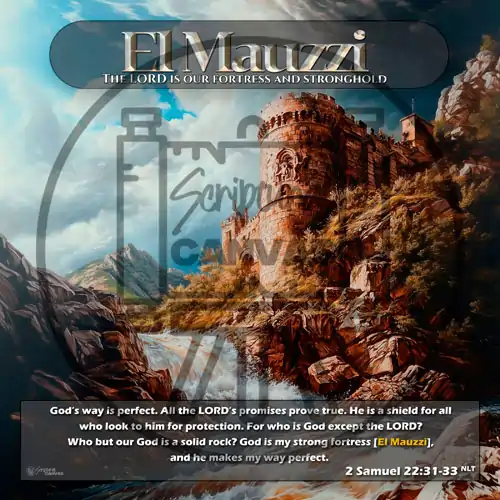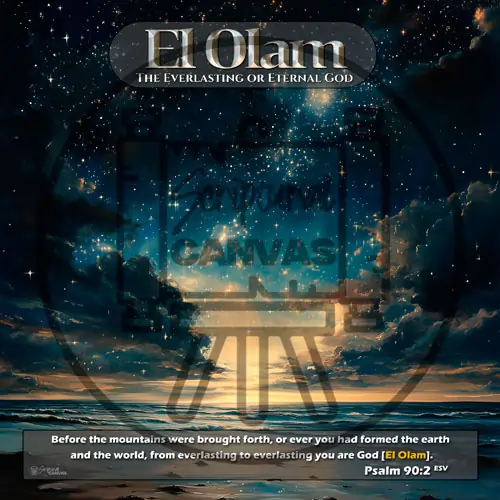Description
Elohim: Light Breaking Through the Primordial Chaos
When we contemplate the creation narrative of Genesis 1, and envision a piece of art depicting a radiant light piercing through dark, swirling clouds, we’re capturing a profound essence of “Elohim.” In English translations, this Hebrew term is most often rendered as “God.” While grammatically plural, “Elohim” is used with singular verbs, suggesting a “plural of majesty” or a hint of the Trinity. In Genesis 1:1, “In the beginning God created the heavens and the earth,” this name establishes God as the sovereign origin, the source of light that dispels primordial darkness.
The Spirit’s Hovering: Preparing for Divine Illumination
Genesis 1:2 goes on to describe “the earth was without form, and void; and darkness was upon the face of the deep. And the Spirit of God moved upon the face of the waters.” This describes the earth as “formless and void,” with “darkness over the surface of the deep,” and “the Spirit of God hovering over the waters.” This mirrors the artistic representation of dense clouds obscuring the world. Within this context, Elohim, as God, is the active force bringing order from chaos. The Spirit’s hovering signifies divine engagement, a preparatory act. The artistic depiction of light breaking through those clouds symbolizes this very act of divine preparation, a promise of illumination.
Elohim’s Spoken Word: Light as Divine Command
Throughout Genesis 1, Elohim’s spoken word creates: “And Elohim said…” This emphasizes the power of God’s word to bring forth reality, like the sudden burst of light in the artwork. Each pronouncement is an act of creation, a divine command that manifests physical reality. That light, emanating from heaven, represents the power and efficacy of this divine utterance, cutting through the darkness.
Theological Implications: Light as Representation of Divine Nature
The use of “Elohim” highlights God’s role as creator and sustainer, sparking theological discussions about the Trinity. In the art, the light can be seen as a visual metaphor for God’s essential nature. “Elohim” is not merely a name but a declaration of God’s creative power, a power that brings light into darkness.
Elohim and the Ordering of Creation: A Blueprint of Light
Genesis 1 reveals a meticulously ordered creation, a divine plan. From separating light from darkness to forming land and sea, each step is purposeful. God established distinct domains, both physically and functionally ordered. The progression from vegetation to celestial bodies, then animal life, culminating in humanity, highlights God as creator and architect, executing a cosmic blueprint, a blueprint that begins with light. The light in the art reflects this structured, deliberate plan.
Humanity’s Place: Illuminated by Divine Image
Humanity, created “in his image,” is the pinnacle of Elohim’s creation, illuminated by God’s own nature. This grants humanity dominion over creation, a responsibility to steward and care for the earth. The light in the artwork can be seen as a metaphor for the divine image within humanity.
Sabbath Rest: The Light of Completion
Finally, Elohim rests on the seventh day, sanctifying it. This act affirms the completion of creation and establishes the Sabbath as a reminder of God’s creative work. The light in this Scriptile, having dispersed the darkness, signifies this completion and the blessing of rest. The entire narrative of Genesis 1, mirrored by the image of light breaking through the clouds, sets the foundation for understanding God’s relationship with the world and humanity, a relationship illuminated by divine presence.







Reviews
There are no reviews yet.